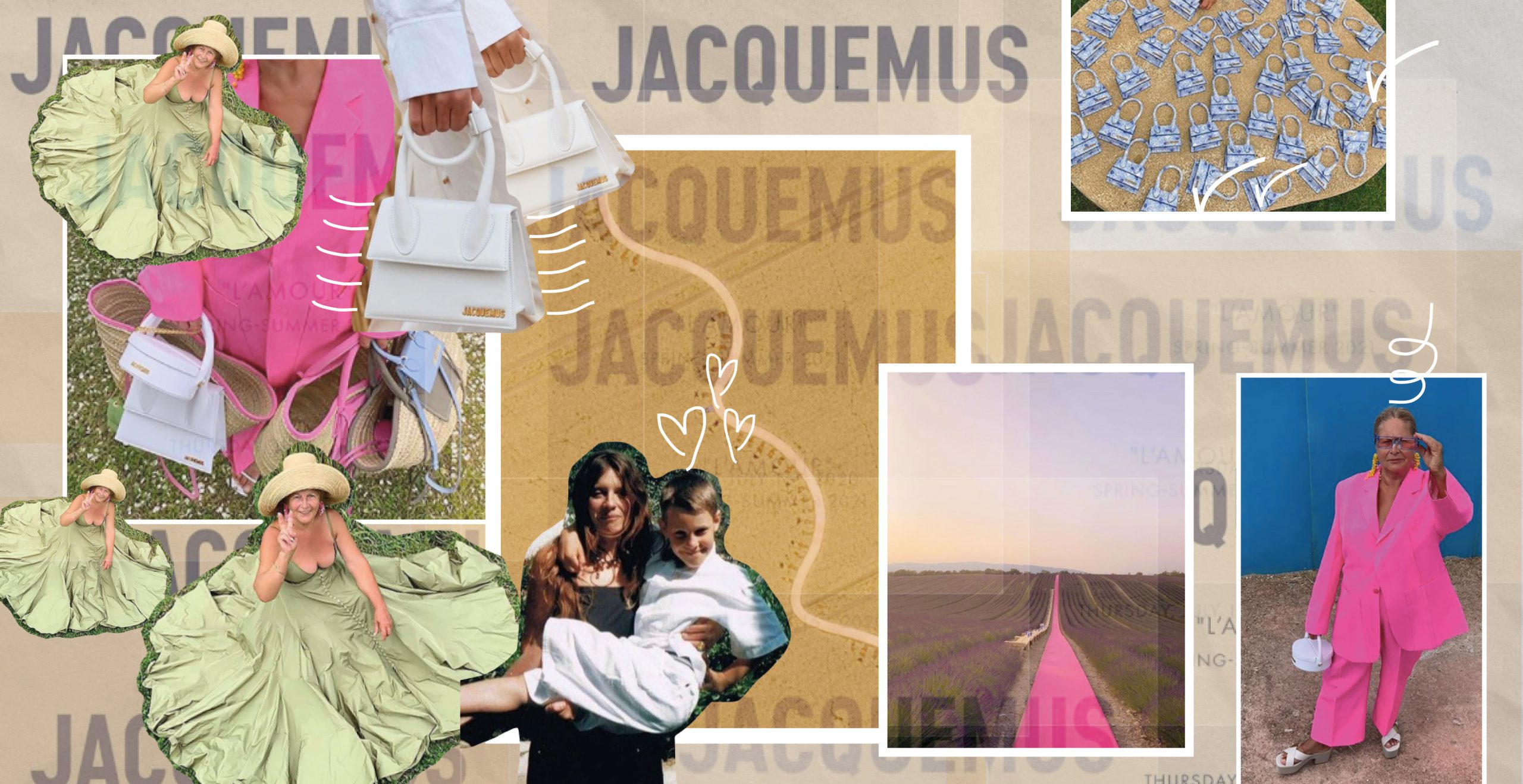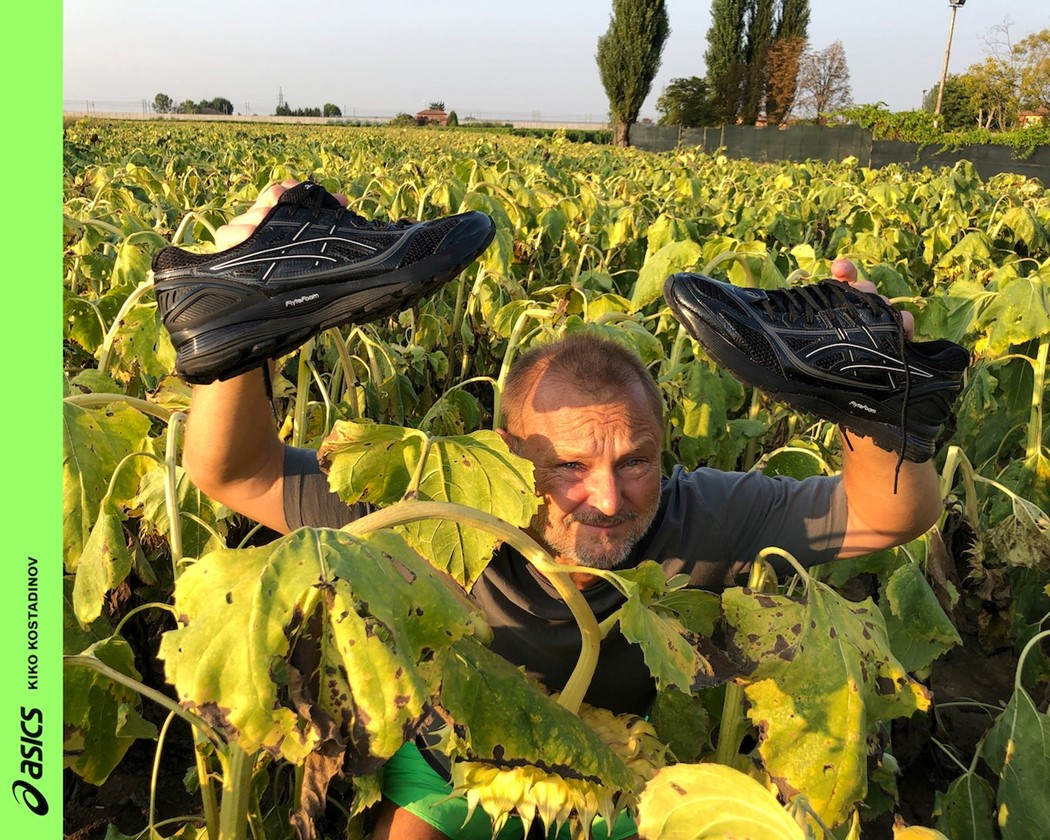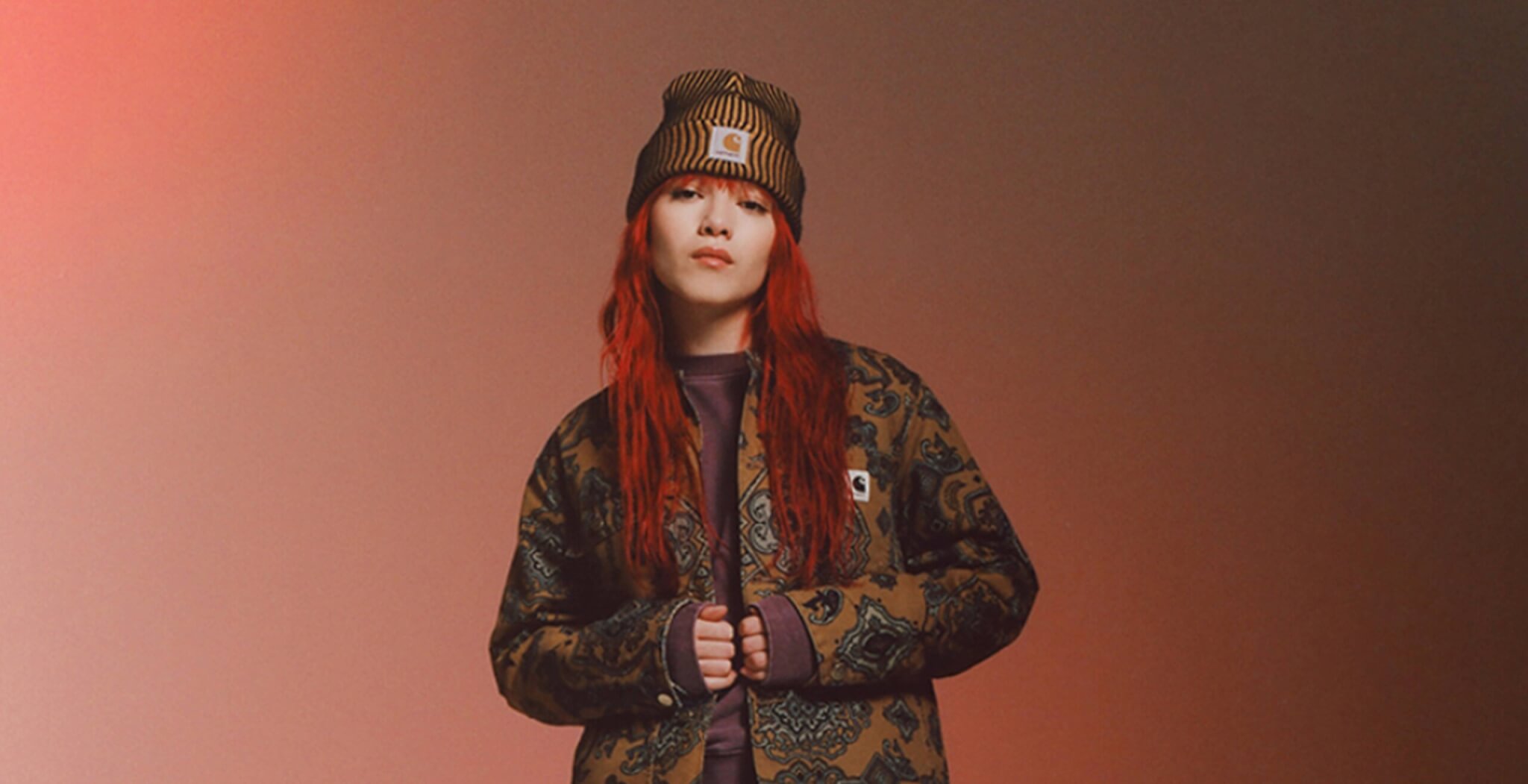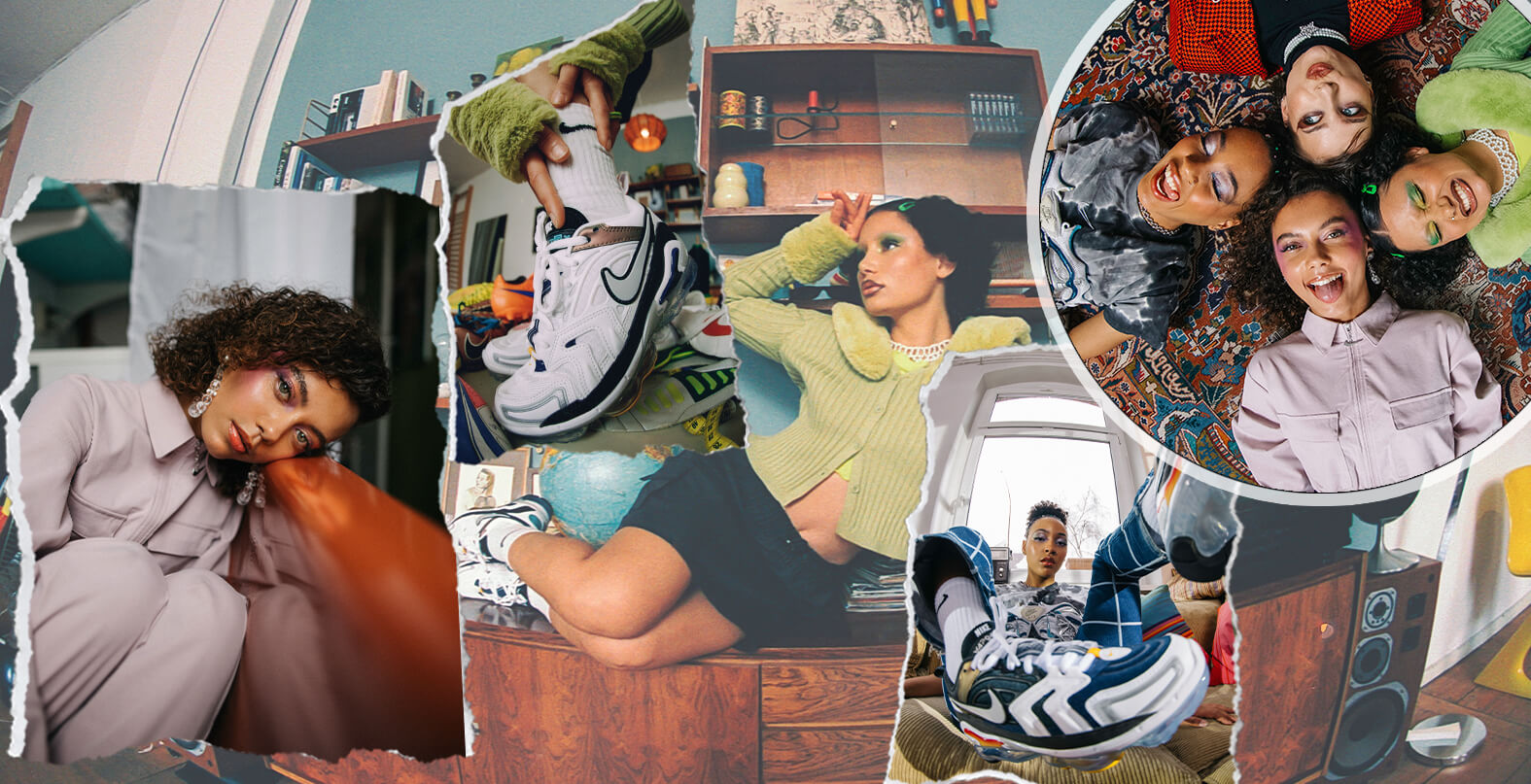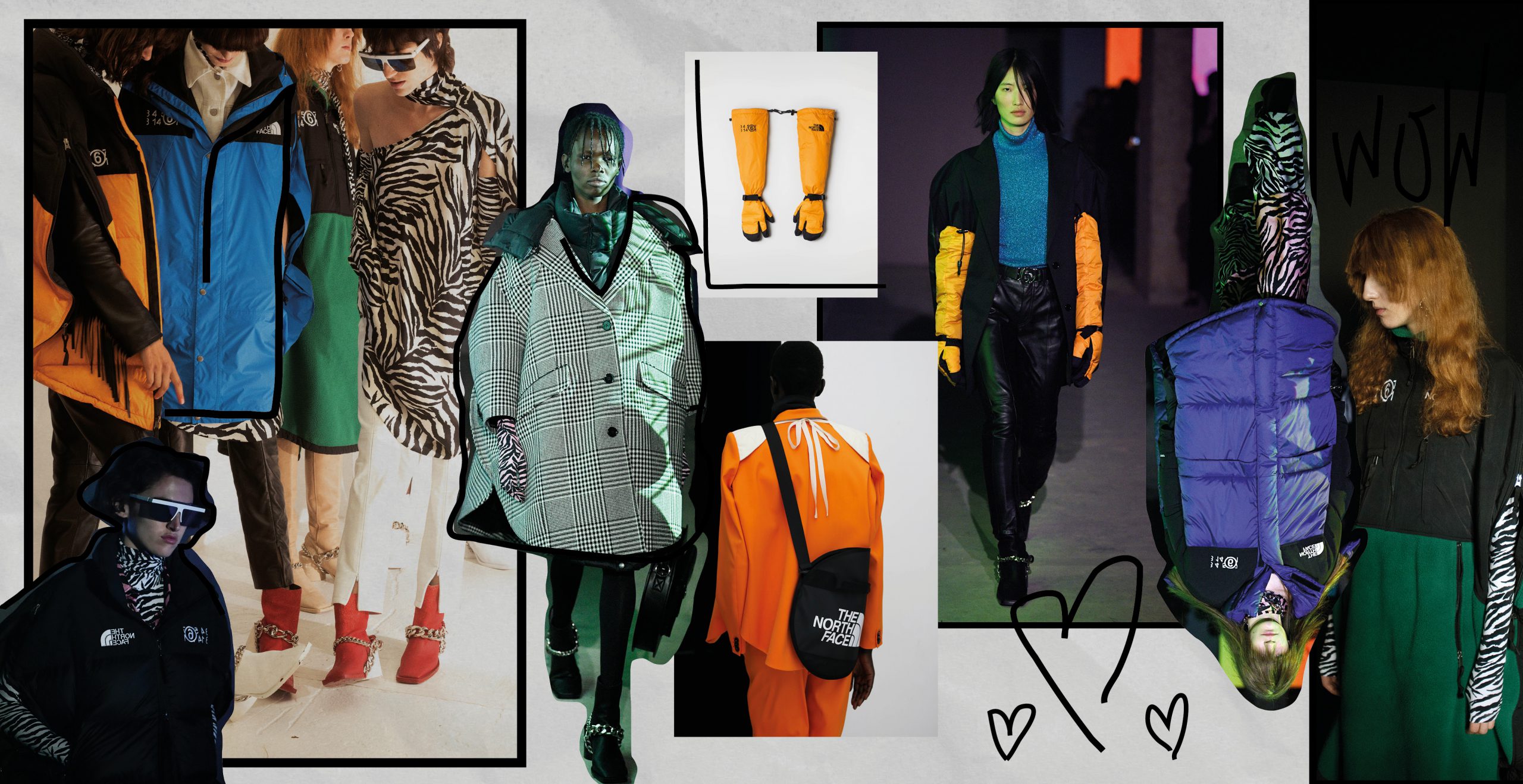It is June 24, 2019. sunshine, clear skies, a field of lavender somewhere in the Provence of southern France. Through this inconspicuous scenery a 500 meter long pink path runs, at the side of which countless influencers, critics and journalists have taken a seat. They are waiting anxiously. The sun is burning down on the heads of the spectators. But then a woman in a white oversize suit approaches. And she does not come alone. She is followed by 64 other men and women, all dressed in light and colourful clothes, shirts and suits, even swimming trunks. They all appear to present the Spring/Summer 2020 collection from Jacquemus.
After the last model has also left the show is acknowledged with resounding applause. And not only are all spectators on location convinced, the pictures go around the world and inspire experienced connoisseurs as well as young fashion enthusiasts alike. The French journalist Loic Prigent described it as “the show that redefined everything”. For me, it is special not only because it was probably the most successful of the brand’s history, but also because for me it presented its philosophy better than any other. The philosophy of Jacquemus – a brand that I believe has the potential to be in the top fashion league in a few years’ time and whose pieces will be seen frequently on streets all over the world.
Kids shoes
The man behind Jacquemus is Simon Porte, born 1990 in Salon-de-Provence, France. Simon was fascinated by fashion from a very young age. So much so that he chose his dream jobs because of the uniforms that went with them. He took his first own step in the field of design in 1997, correctly calculated, at the age of seven. A little story:
It’s warm. A little too warm, one might think, but not unusually so. In the south of France it’s often warm this time of year. And the day is no different from usual. Although one thing is different. An idea has settled in little Simon’s head, because the weather hasn’t passed him by either. He wants to make his mum happy, the person he loves like no one else in the world. Without many possibilities, but creative as he is, he sets off for the kitchen window, grabs the curtain and goes to work. Holes are added with a kitchen knife, a green shoelace is put through, and his first skirt is ready. Maman goes shopping. The linen material looks summery and keeps her legs cool, perfect for the season. She comes home and calls her son to her. He has a queasy feeling in his stomach, how Maman would find his creation, after all he had broken the kitchen curtain. But she remains calm and in a voice filled with pride she says only one sentence: “You are the best!” Little Simon is beaming all over her face.
One way or another it had happened and Simon’s fire for fashion and design was finally kindled. In fact, it was such an important experience that he named his Fall/Winter 2020 collection L’Année 97 (“The Year 97”), and in it he made his first milestone, the linen skirt, the focus of attention.
Getting started
So it was decided: Simon would go into the fashion industry. And where to start, if not in Paris, the fashion capital itself. After graduating from high school, it was time for him to pack his bags and move there at the age of 18 to study at the École supérieure des arts et techniques de la mode (ESMOD for short), a renowned fashion school. But this was not to last long: shortly after beginning his studies, Simon was struck by a hard blow of fate. The person who was most important to him of all, who was his greatest inspiration and motivation, his mother, died in a car accident. He was shocked, dismayed, needed a short break from creative work. The incident and the time afterwards led him to a realization: time passes quickly. Everything can pass so quickly. So he should not waste time, do everything as fast as he can. A French proverb says “You never catch the lost time again”, and that was the direction Simon took. Today he says about himself that during this time he was obsessed by these thoughts about time.
Time will tell: after a few months he decided to leave school, guided by confidence in his craft and the belief that his mother would still support him in becoming independent. He took his mother’s maiden name “Jacquemus” and also named his newly founded label after it. And so he went his way.
On your own feet
But we are still a long way from the brand’s current success. In Paris, founding a fashion brand requires a lot of work, passion and money. Money which Simon did not have at that time. In order to be able to finance his heart’s desire, Simon worked in the Comme des Garcons store in the city and invested his free time in selecting fabrics, creating designs, marketing and his own online shop. This went on for several years, during which Simon gained experience and had already managed to get his clothes to women in a few boutiques. In 2012, just 2 years after the brand’s creation, he was able to show his collections for the first time at Paris Fashion Week. Winning a jury prize from LVMH (the company that includes Louis Vuitton) also ensured further popularity and a cash injection of over 150,000 euros.
The young label grew and grew. In 2018 the brand’s first menswear collection appeared, which had previously only produced clothes and accessories for women. At the latest with the Spring/Summer 2020 show “Le Coup de Soleil” mentioned at the beginning, Jacquemus had set a clear signal that it wanted to rise to the top ranks of the industry. Meanwhile the shows take place in huge stadiums and are run by famous models like Gigi and Bella Hadid or Laetitia Casta.
Summer night in Provence
What makes Jacquemus special, apart from its amazing rise to fame, are the designs. The word is particularly ironic in two ways. On the one hand, Simon’s sihouettes are classic in the more upmarket fashion: shirts, suits, baggy trousers, T-shirts, dresses, hats. In this respect, then, not particularly so. He himself describes his designs as naive; in any case, they bring with them a certain classic and timelessness, one could almost say traditional. His fashion, however, is characterized by one crucial characteristic: inspiration. His creations represent his home, where he grew up, where his love for fashion began and where he lived with his mother. He processes these references in a subtle yet noticeable way. Be it the flowers from the Provençal fields, which he immortalizes in prints or patterns, or a bag that carries the shape of a basket to a cake, which he knows from his childhood. Even more direct references can be found, for example, in earrings depicting rustic wooden bead curtains in miniature format. The simplicity with which all the designs, each of which has an individual story and inspiration behind it, fit into current fashion without looking old-fashioned or too cramped is what I find particularly remarkable about them.
But probably the most important factor why I still expect great things from Jacquemus is the feeling that the brand’s fashion conveys. The feeling that I briefly touched on at the beginning. Jacquemus radiates fun, radiates home. Playing in the meadow with friends in the afternoon when I was a child, mum dropped by and baked cakes for everyone. Holidays in the south, colourful flowers, fresh grass through which the wind blows a gentle breeze. A picnic on the meadow, sunset, a bottle of wine, from a small speaker Edith Piaf. A smile. Jacquemus is more than just fashion, it is a feeling. Almost poetic. Jacquemus tells a story and evokes positive memories and associations. That’s what makes the show in lavender so ingenious, it gives the story that is being told the right stage. And that’s also what gives Jacquemus the potential to grow even further: Jacquemus’ clothing takes the consumer to a deeper level. Jacquemus makes fashion that is fun. It’s not just beautiful clothes, it’s fashion that makes us happy.








